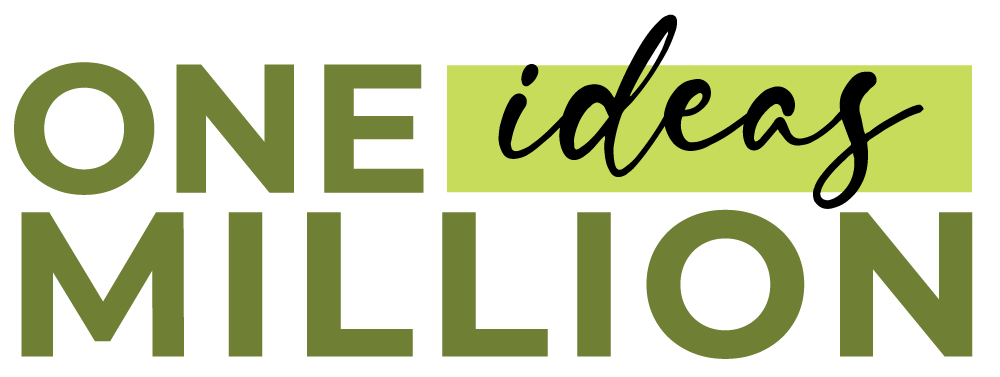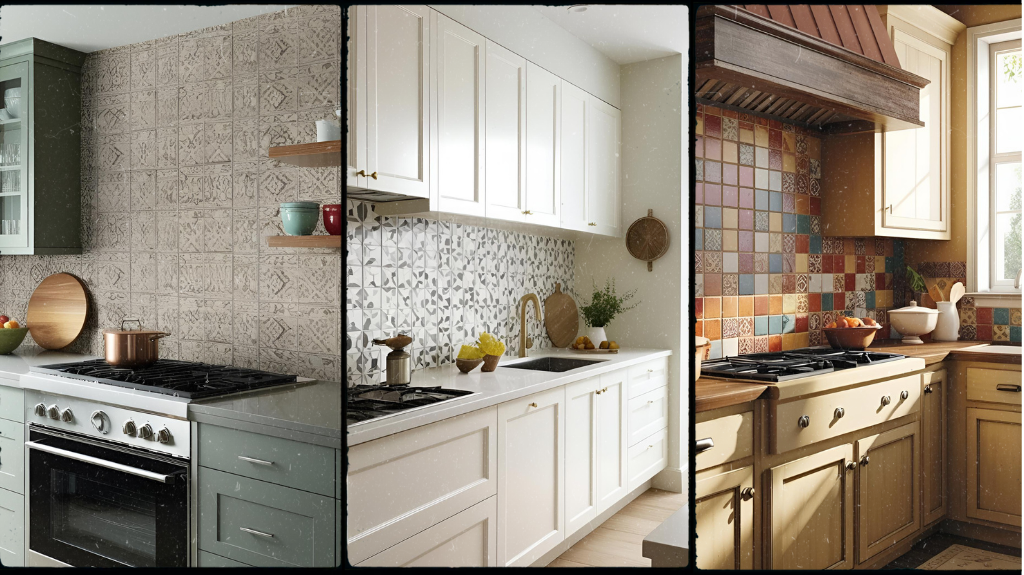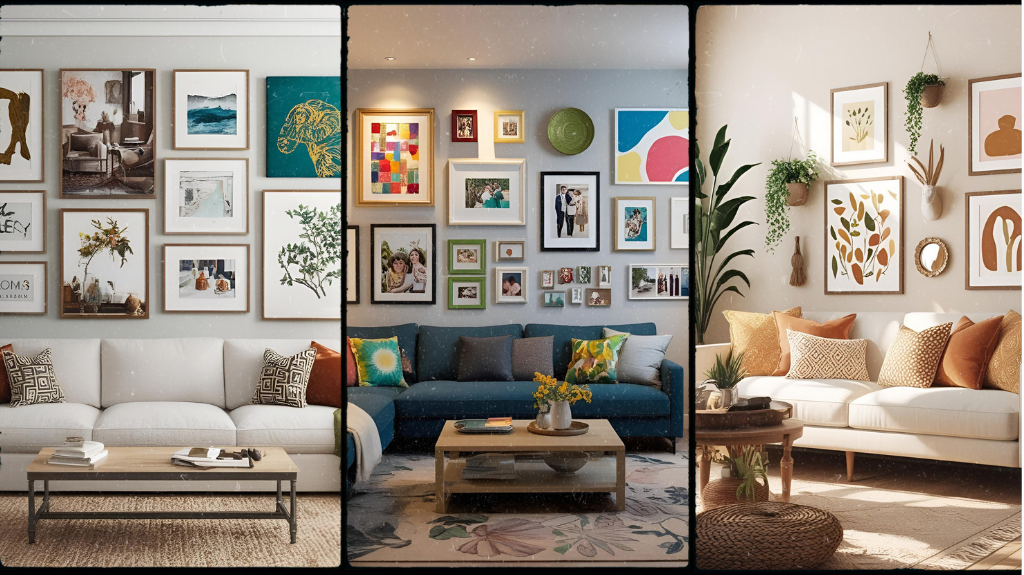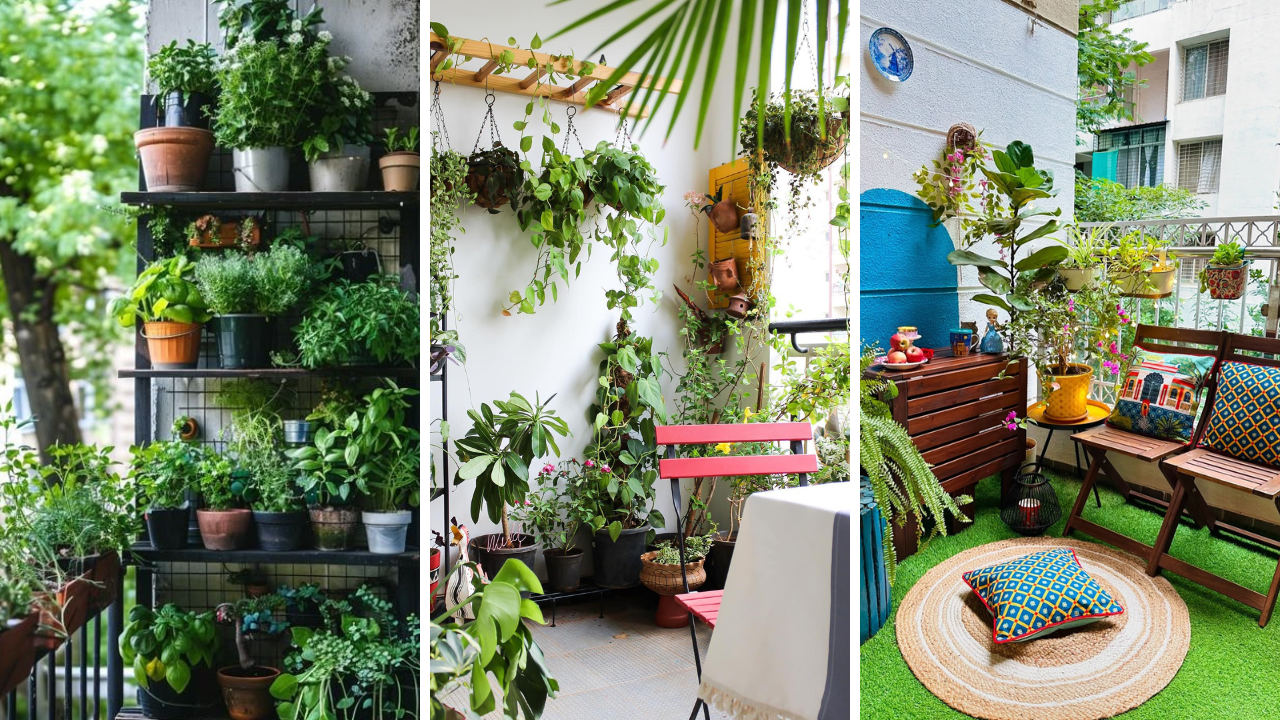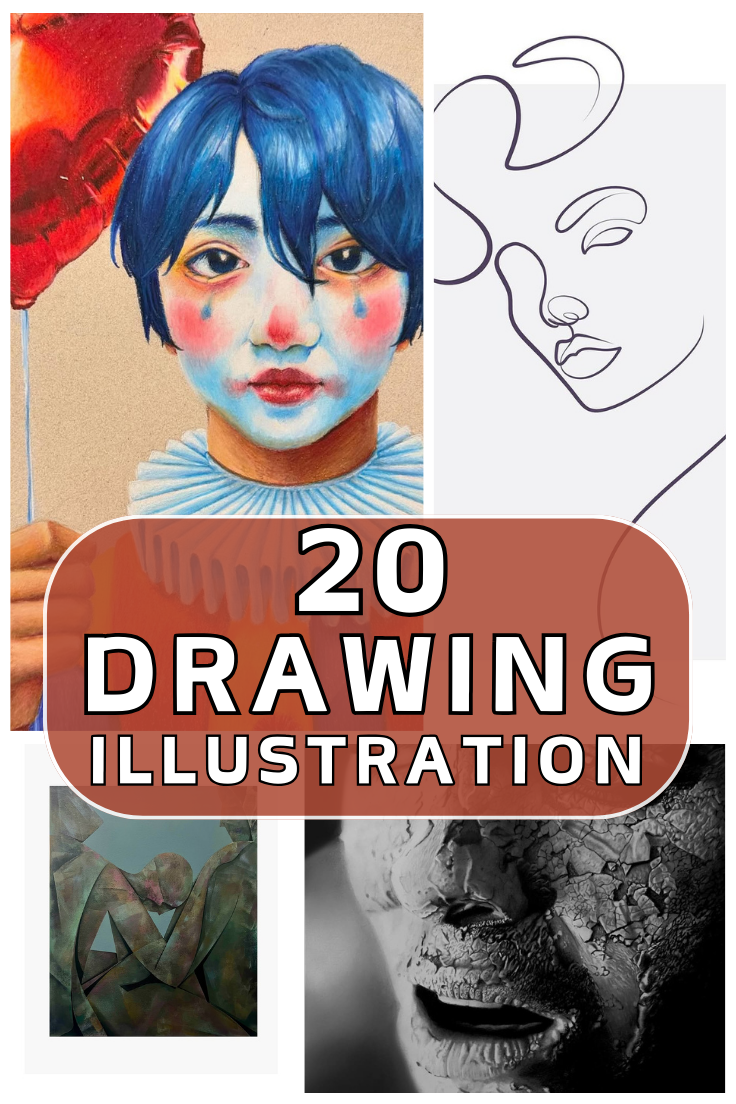
Drawing and illustration have long been the creative outlets for artists looking to express themselves. With endless styles to choose from, it can be challenging to know where to start or how to expand your creative horizons. Whether you’re a beginner or a seasoned artist, experimenting with different drawing styles can push your creativity to new heights and help you discover a unique artistic voice. In this post, we’re diving into 20 drawing illustration styles you absolutely need to try right now. These styles not only offer exciting challenges but also provide fresh ways to experiment with materials and techniques. Along the way, we’ll highlight helpful products from Amazon to ensure you have the best tools for each style.
1. Realistic Pencil Drawing: Capturing Every Detail
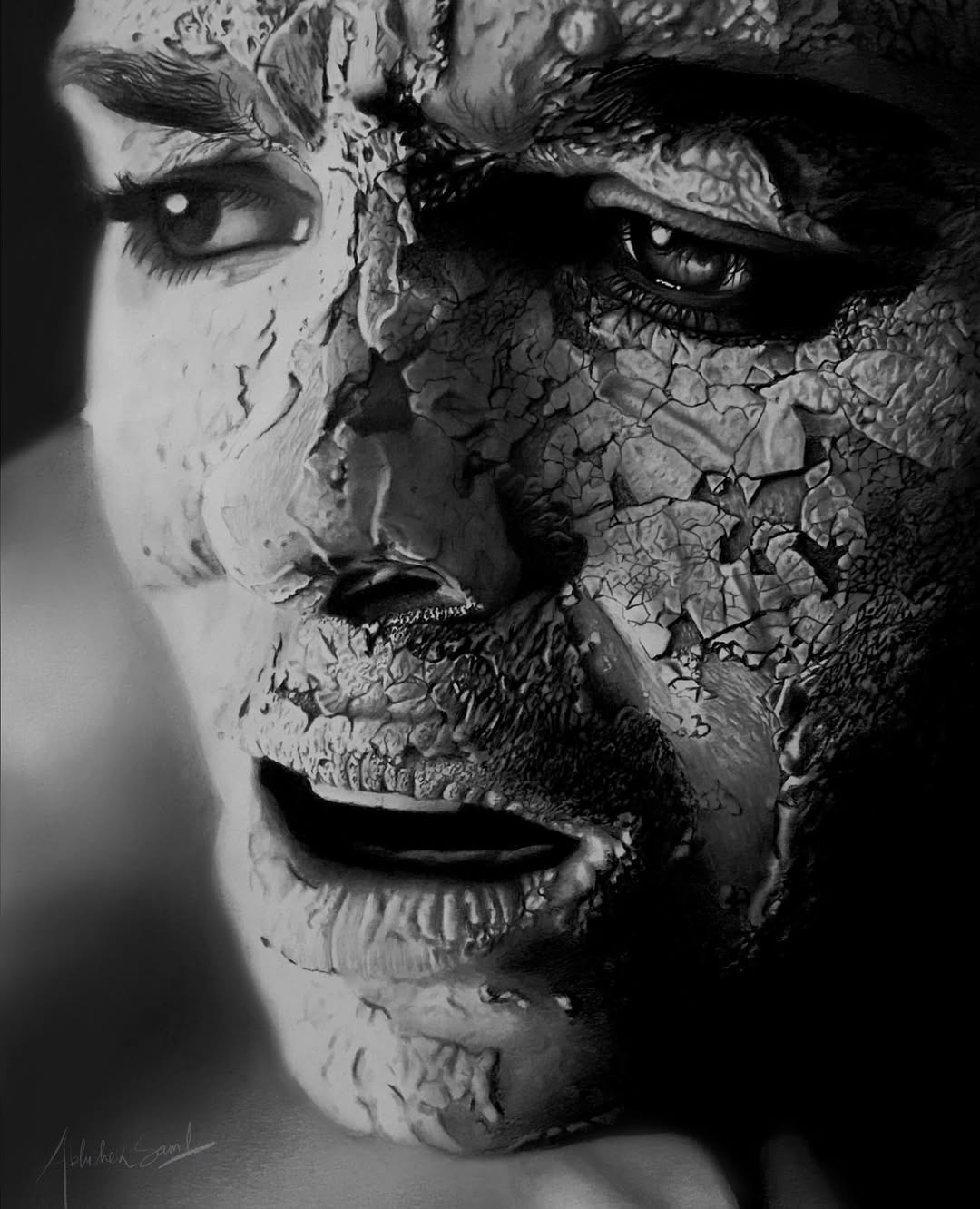
source @abhisketch
Realistic pencil drawing is one of the most challenging and rewarding forms of illustration. Artists who specialize in this style aim to capture every fine detail, from shadows and light reflections to textures and subtle gradations of tone. This technique involves a great deal of patience and a keen eye for observation. Mastery of pencil shading and blending can help you create stunning, lifelike portraits, still lifes, and nature scenes.
The key to achieving a realistic pencil drawing is focusing on the smallest details, such as skin textures, hair, and fabric folds. A good set of high-quality pencils is essential for this style. To ensure smooth blending, using blending stumps or tortillons can help you soften edges and gradients in your work. You can achieve lifelike realism by starting with light pencil strokes and gradually building up darker layers.
2. Minimalist Line Art: Simple, Yet Powerful
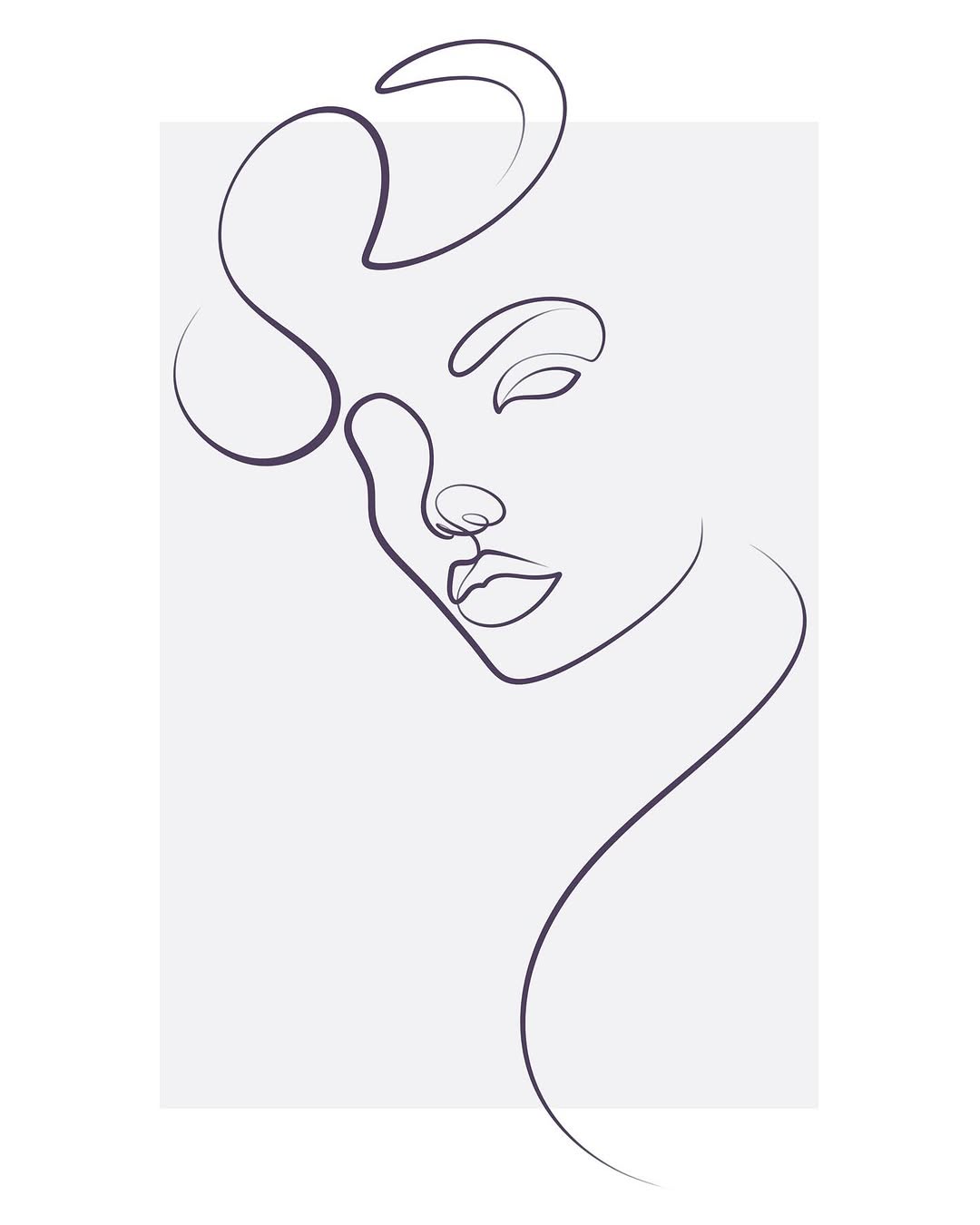
source @lineart_ly
Minimalist line art is all about using the fewest elements to create something powerful and striking. With just a few carefully placed lines, this style communicates meaning and beauty. It’s ideal for artists who appreciate simplicity and wish to make their illustrations feel clean and intentional.
Minimalist art often features open spaces, where lines don’t fully connect, allowing the negative space to contribute to the composition. This style can work across many subjects, from faces to animals, and even abstract shapes. The challenge lies in expressing complex ideas or emotions with minimal detail.
For those trying this style, fine-tipped pens or markers are the best tools to use, ensuring that each line is sharp and precise.
3. Watercolor Illustrations: Blending Colors Beautifully
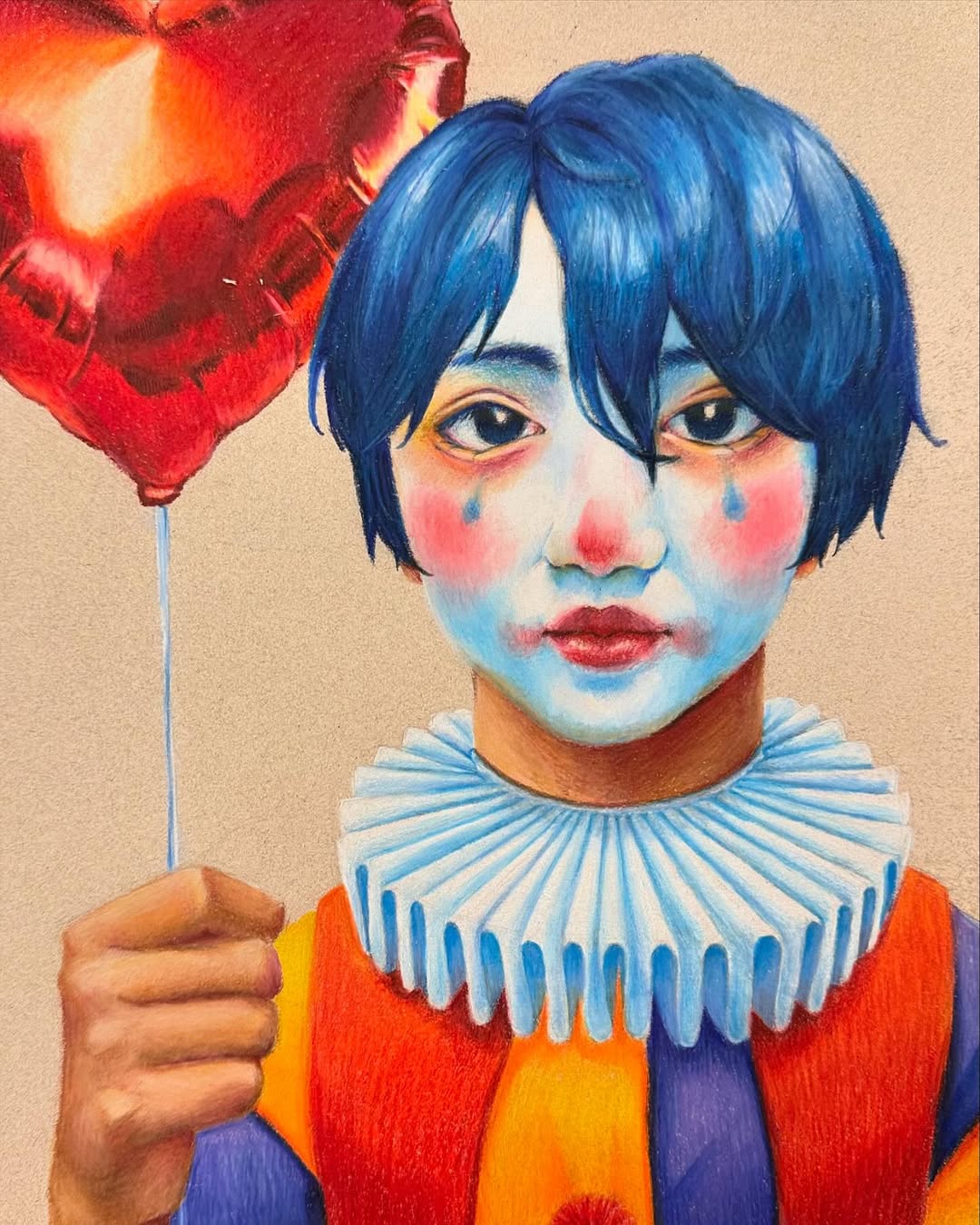
SOURCE @art_teacher_chronicles
Watercolor is known for its dreamy and fluid qualities, offering a unique softness and translucence to your illustrations. This technique is perfect for those who want to experiment with color blending and create a sense of movement in their work. Whether you’re illustrating landscapes, floral designs, or abstract concepts, watercolor gives your work a delicate, almost ethereal look.
Mastering watercolor involves understanding the relationship between water and pigment. Some colors work best when applied wet-on-wet, where the water allows the pigment to bleed into one another. Others may require a dry-brush technique for more precise details. Watercolor can be difficult to control, but with practice, you can create beautiful, layered effects.
4. Abstract Illustration: Embracing the Power of Color and Form
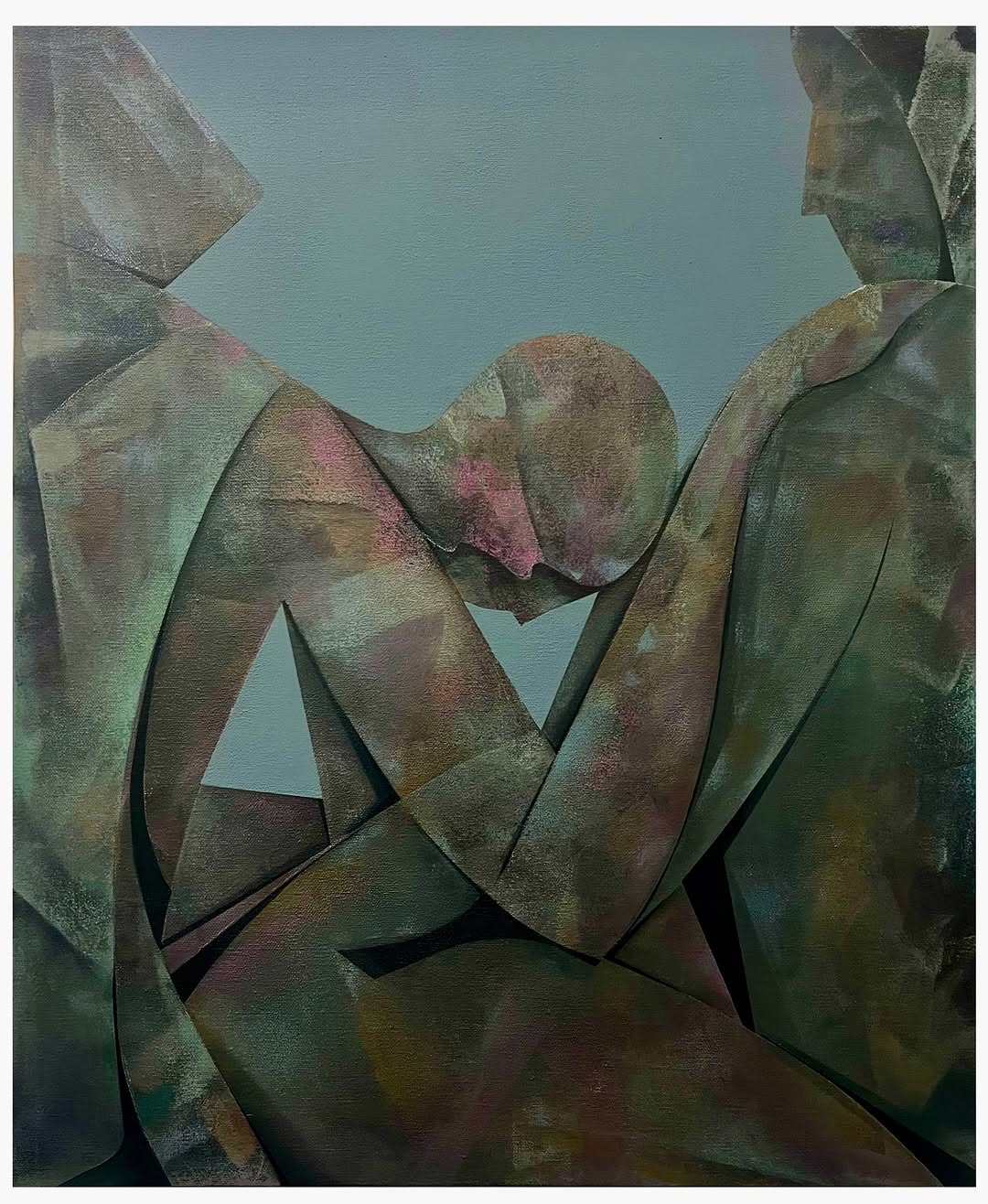
SOURCE @remarkablestrokes
Abstract illustration is a freedom-filled style where artists use shapes, lines, and colors to express emotions or concepts without representing the real world. It’s all about breaking away from traditional drawing techniques and creating visually engaging work that doesn’t rely on realism.
The beauty of abstract art lies in its openness to interpretation, allowing you to experiment with bold colors, dynamic lines, and unusual shapes. There are no rules, so it’s a great style for letting go of perfection and embracing creativity. Abstract illustration works well for those who want to convey feelings or ideas that cannot be captured through traditional representations.
5. Cartooning: Adding Personality to Every Character
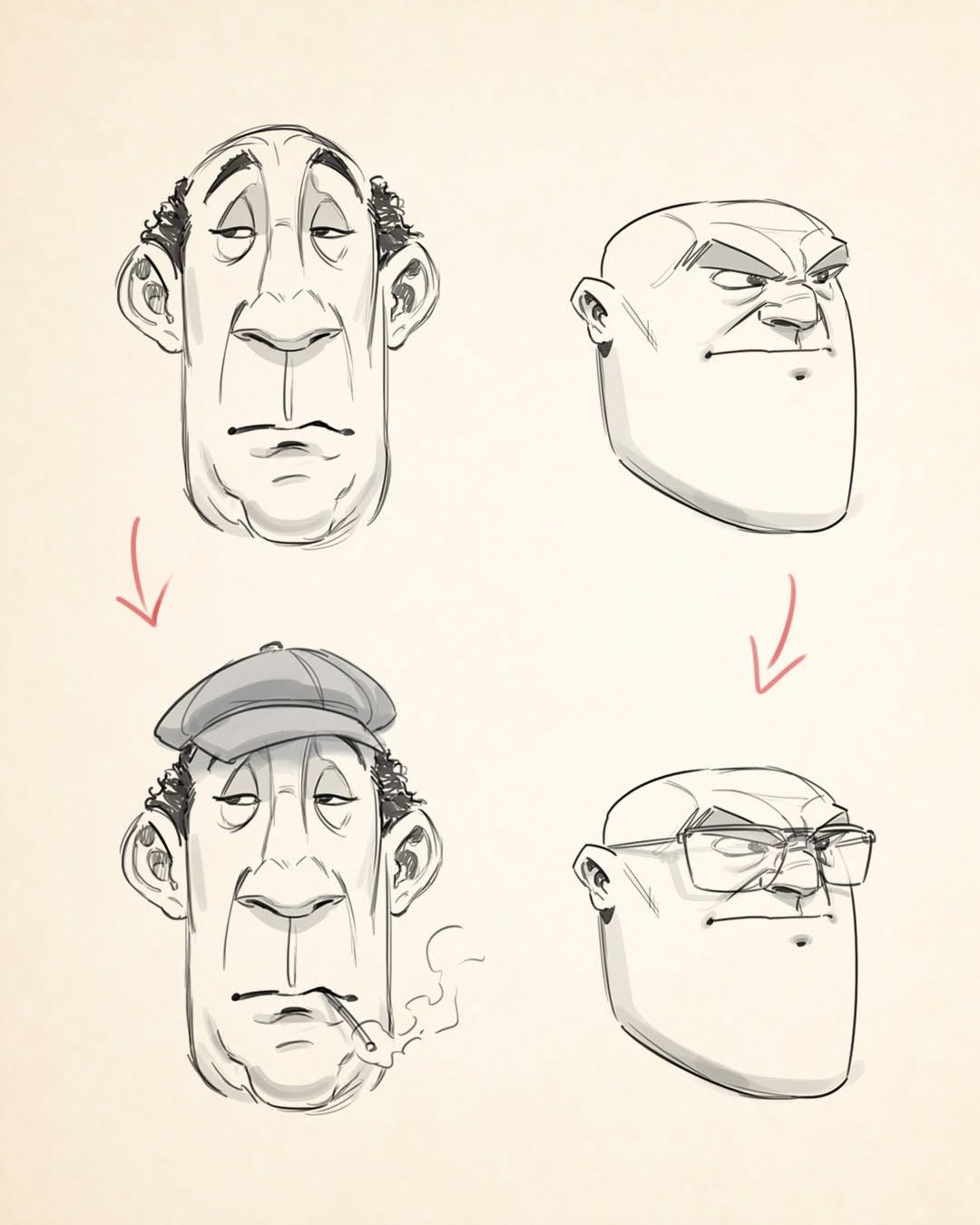
SOURCE @carloscabralart
Cartooning is one of the most fun and expressive illustration styles. It involves simplifying the human form or objects into exaggerated shapes and features to create humorous or stylized characters. This style is great for artists who enjoy storytelling and want to make their drawings fun and engaging.
The key to successful cartooning is in exaggeration. Facial features, body shapes, and even actions can be amplified to convey emotion and energy. Cartoon illustrations are popular in comics, animations, and children’s books, where the goal is often to entertain and connect with the audience through humor or charm.
6. Surrealism: Merging Dream and Reality
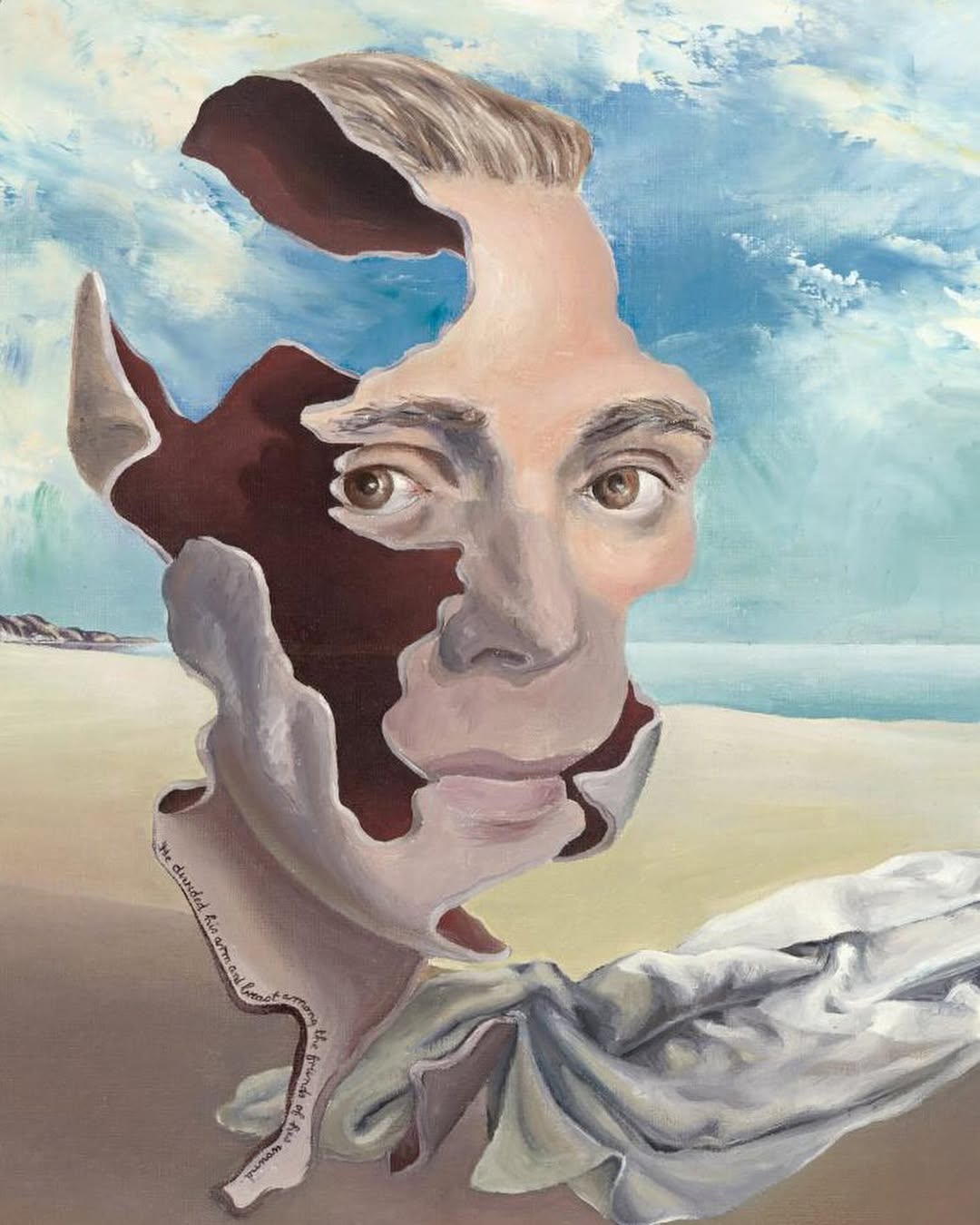
SOURCE @ngvmelbourne
Surrealism is a style where dreamlike, often bizarre imagery is mixed with reality to create striking and thought-provoking artwork. In this style, ordinary scenes or objects are transformed into strange, illogical, or fantastic situations. Surrealism offers a fantastic outlet for the imagination, allowing artists to explore new dimensions of their subconscious.
One of the core features of surrealism is creating unusual combinations—like a melting clock or a floating fish. It’s all about mixing elements in unexpected ways, which challenges both the artist and the viewer to think differently. Surrealism is often used to convey complex themes or ideas, like inner conflict, societal pressures, or the exploration of human consciousness.
7. Ink Wash: Dramatic Shadows and Fluid Lines
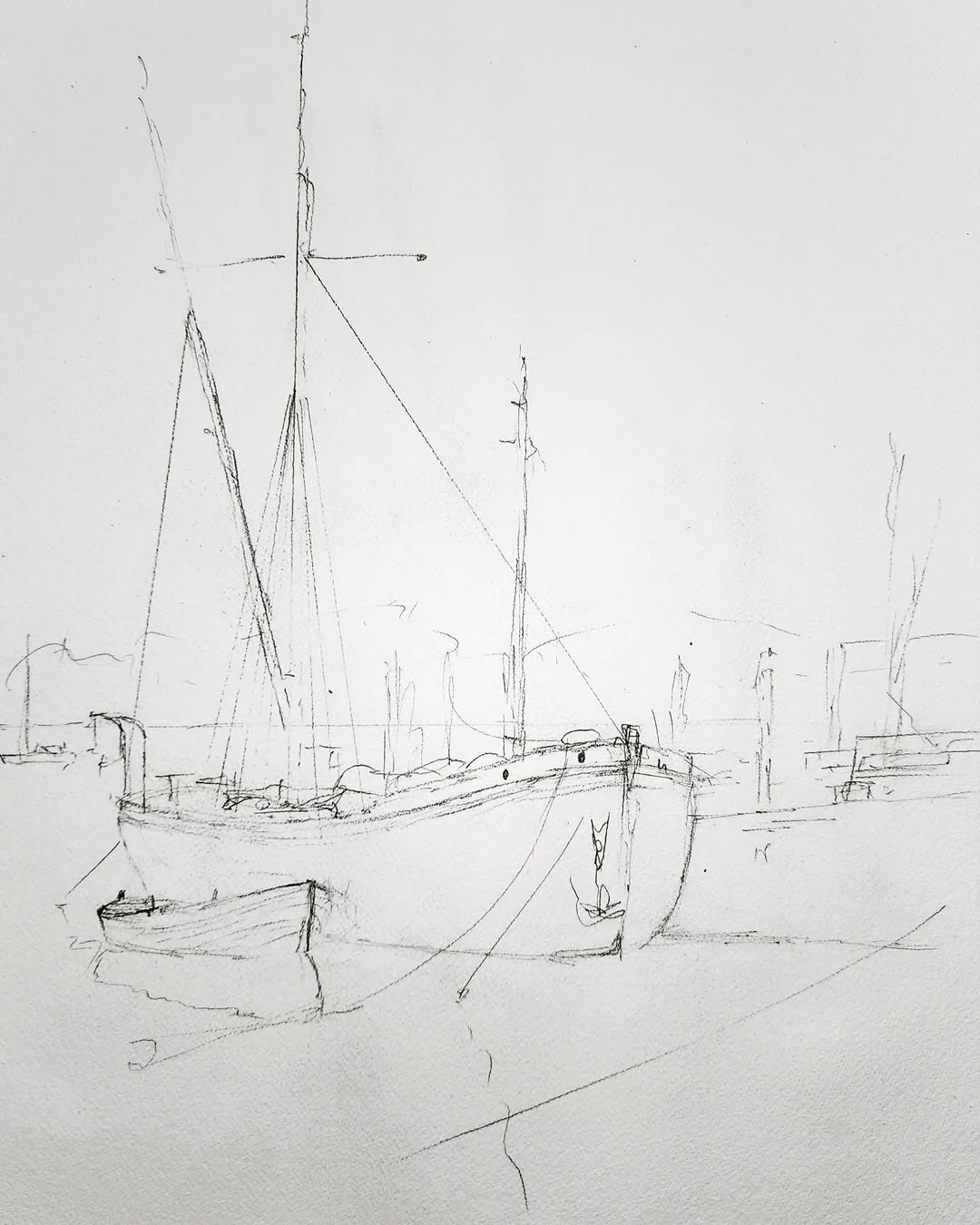
SOURCE @_wardancer
Ink wash involves using diluted ink to create smooth gradations of tone, offering depth and mood to illustrations. This technique is ideal for creating dramatic, moody artwork that uses shadows to bring characters, landscapes, or still lifes to life. The fluidity of ink allows for smooth transitions between dark and light areas, giving your drawing an expressive and dynamic feel.
Ink wash requires a certain level of control, as it’s easy for the ink to spread unpredictably. But when used effectively, it creates a sense of movement and emotion in your work. Experimenting with different ink dilution levels can help you control the darkness of shadows and add subtle texture to your illustration.
8. Geometric Drawing: Symmetry in Art
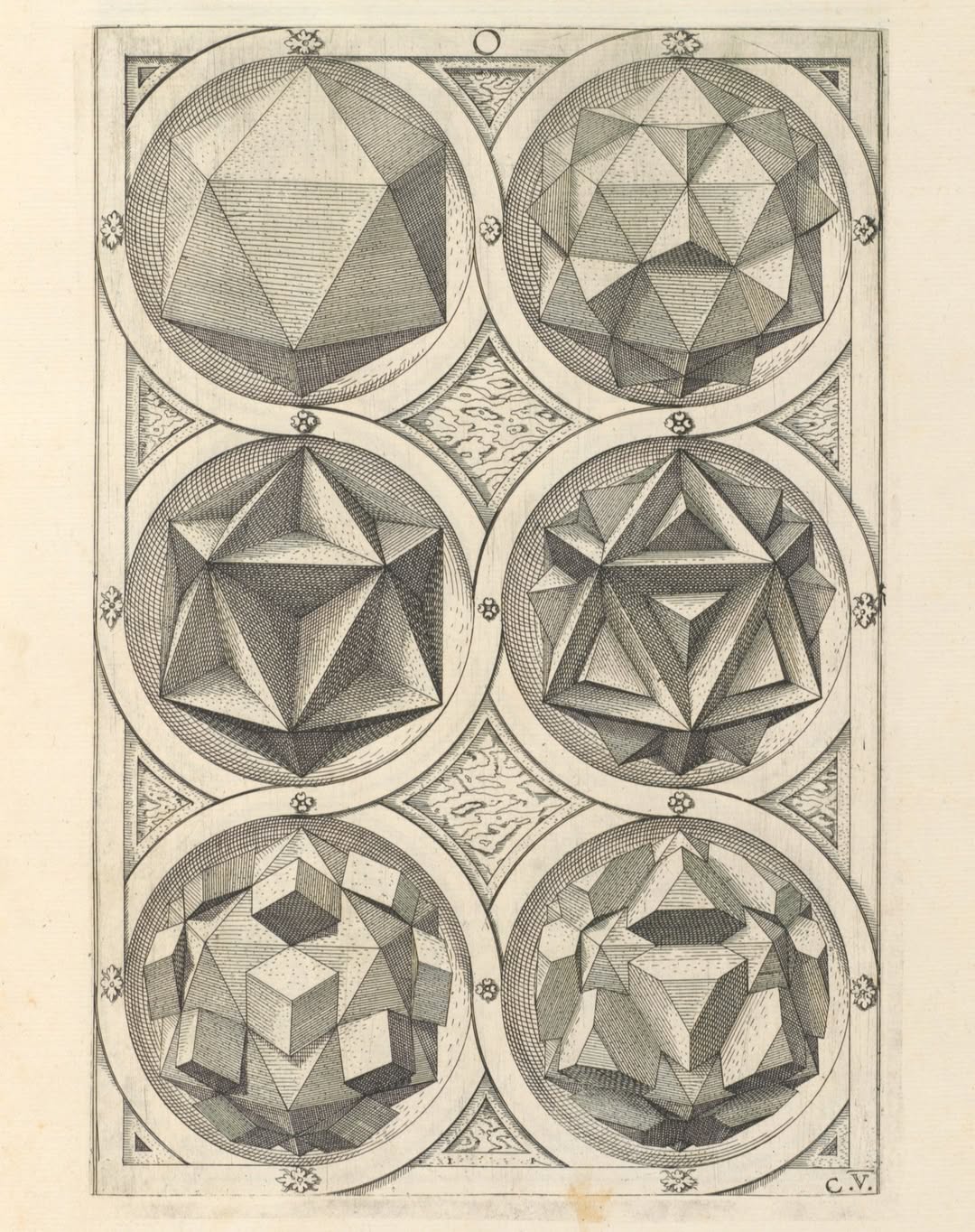
SOURCE @gettymuseum
Geometric drawing brings structure and precision to your artwork. This style emphasizes the use of straight lines, angles, and shapes like triangles, squares, and circles. It’s a perfect way to explore symmetry and balance within your illustrations. Artists can either use geometric shapes to represent abstract forms or incorporate them into more realistic designs.
In geometric illustration, the challenge is to create harmony between shapes while maintaining visual interest. The technique can also be used to create visually arresting patterns or even highly detailed portraits made entirely of geometric shapes.
9. Digital Illustration: Creating Art in the Digital Age
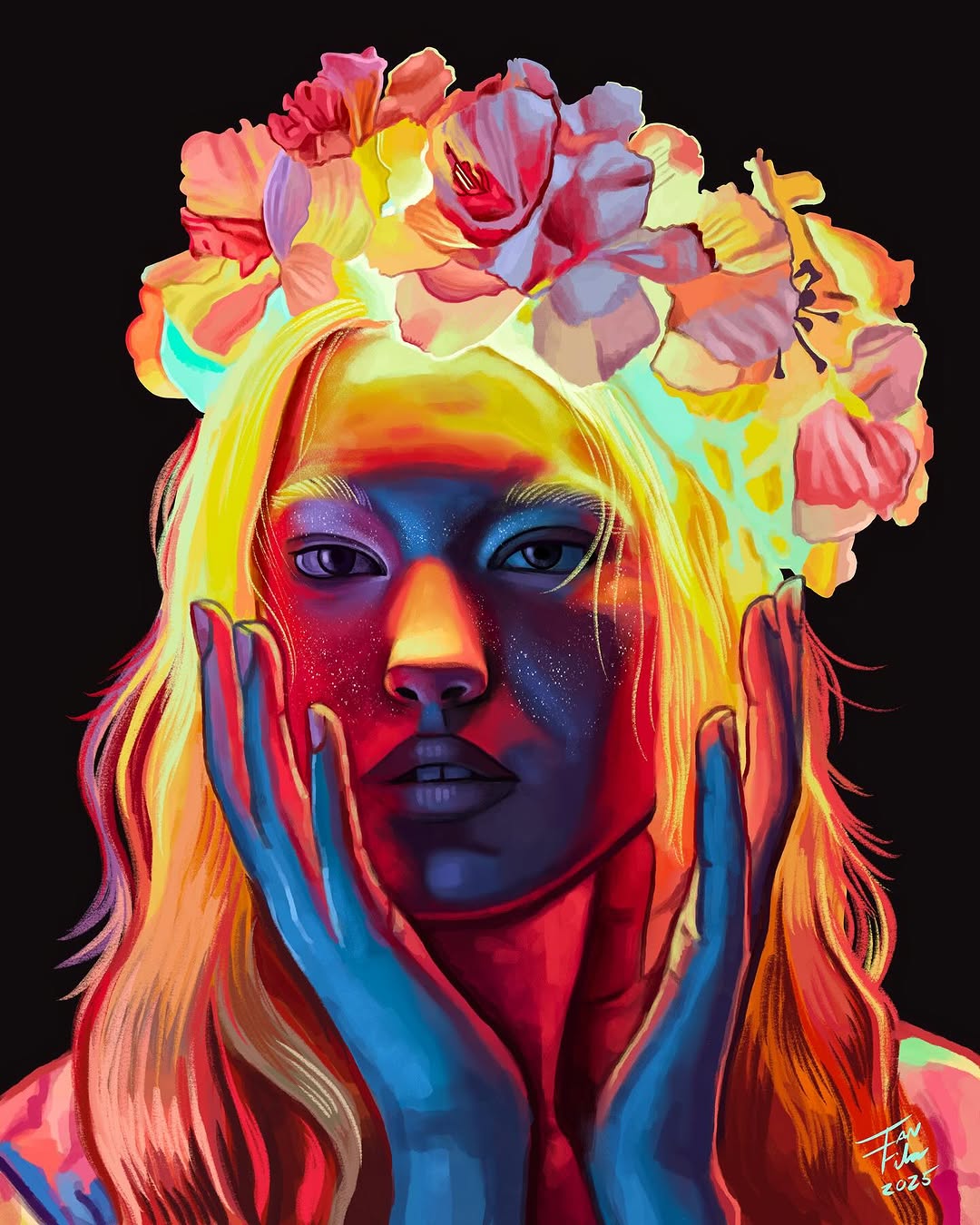
SOURCE @filo.arts
Digital illustration has become one of the most popular art forms in recent years. With the advent of drawing tablets and advanced design software, artists can create incredibly detailed, layered artwork with the convenience of digital tools. Whether you’re drawing portraits, landscapes, or comic strips, digital tools give you complete control over every aspect of your design.
The appeal of digital illustration lies in its versatility and ease of editing. With layers, undo buttons, and a wide range of brushes, artists can experiment and refine their work quickly. It’s also easier to share and reproduce digital art for use in various formats, such as on websites, social media, or in print.
10. Pointillism: The Power of Dots
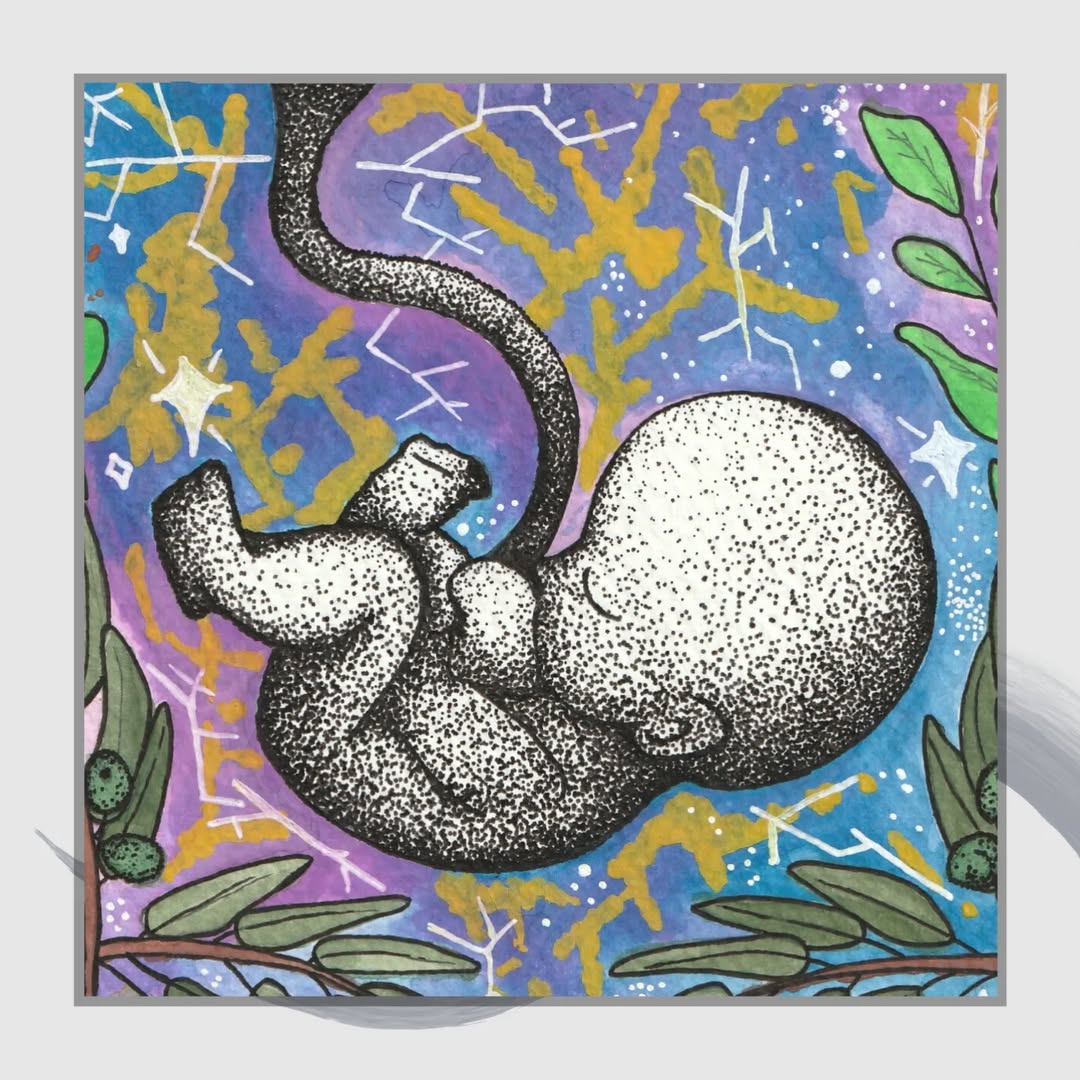
SOURCE @vanthirteen
Pointillism is a unique style where artists use tiny, distinct dots of color to create full images. The beauty of pointillism is in its ability to create complex imagery with simple elements. By carefully placing dots next to each other, the human eye blends the colors to form an image, resulting in a beautiful, almost pixelated effect.
This technique requires patience and precision, as each dot must be placed thoughtfully to create the desired effect. Artists who specialize in pointillism often work on larger pieces, where the density of the dots creates texture and depth.
11. Stencil Art: Perfecting Shapes and Repetition
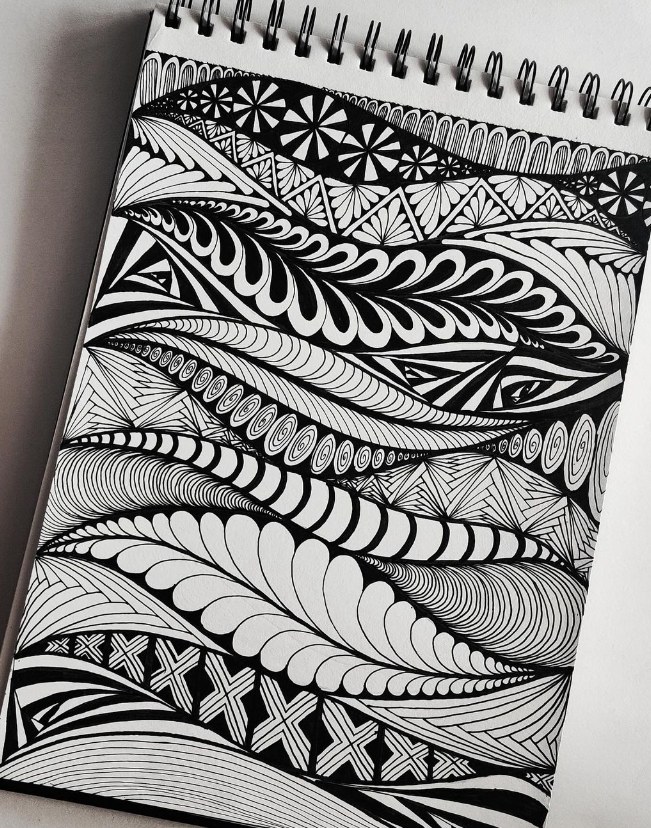
SOURCE @doodleartclub
Stencil art is a style where artists use pre-cut shapes or designs to create repeated patterns or motifs. Stencils are used to maintain uniformity across various parts of a design, making this technique ideal for creating large-scale pieces or artworks that require a lot of repetition.
Stencil art is popular in street art, graphic design, and modern home decor. It’s an excellent way to create bold, striking images quickly and with precision, especially if you want to maintain uniformity in your design.
12. Fauvism: Bold Colors and Wild Expression
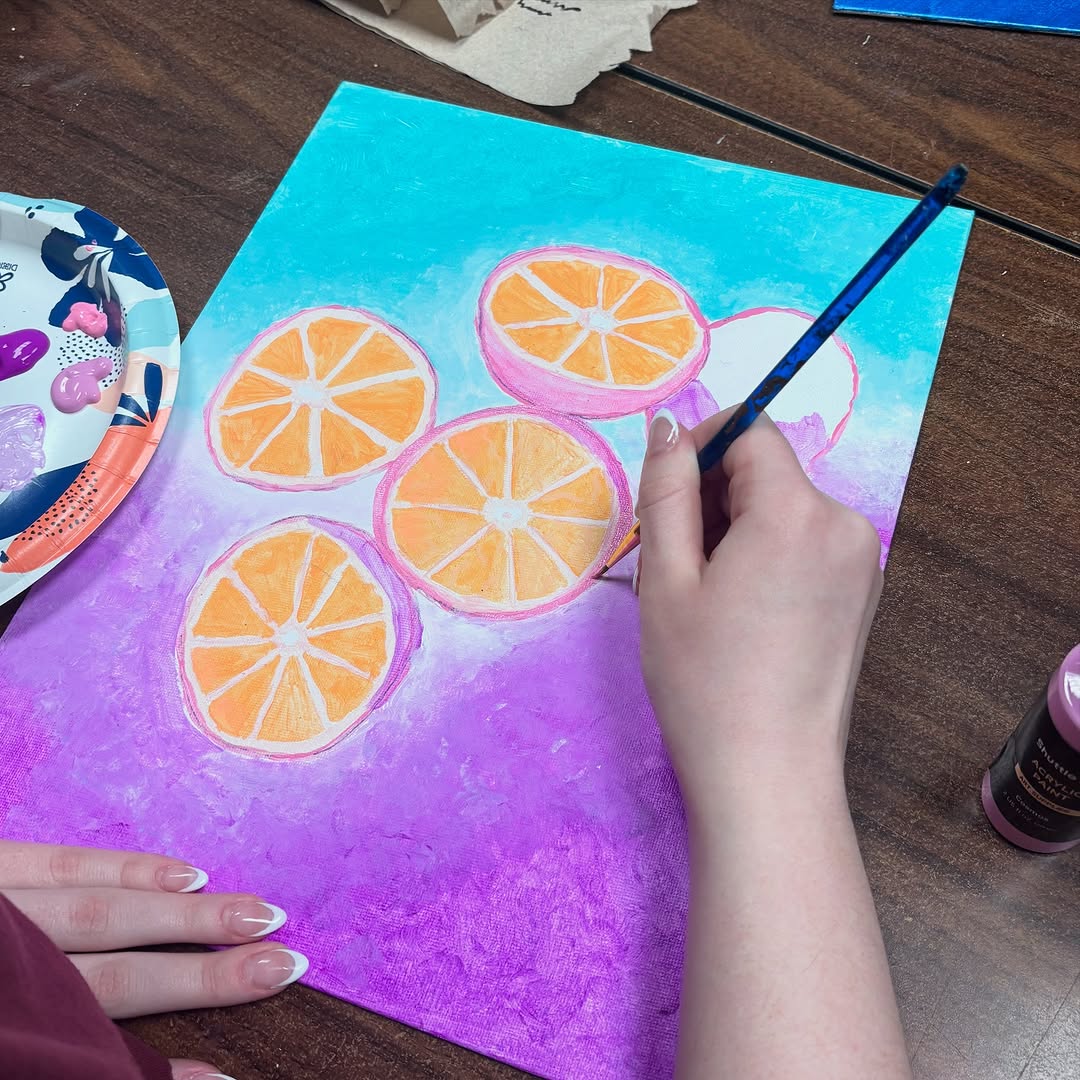
SOURCE @sarariacollected
Fauvism is a style known for its intense, non-naturalistic colors and loose brushwork. It was a groundbreaking art movement that rejected traditional color palettes in favor of vibrant, unnatural hues. Fauvist artists were more concerned with expressing emotion through color than accurately depicting the subject.
In fauvism, color isn’t used to represent the real world but rather to convey emotion and energy. This makes it an exciting style for artists who want to experiment with intense contrasts and create bold, dynamic pieces that evoke strong feelings.
13. Chiaroscuro: Mastering Light and Shadow
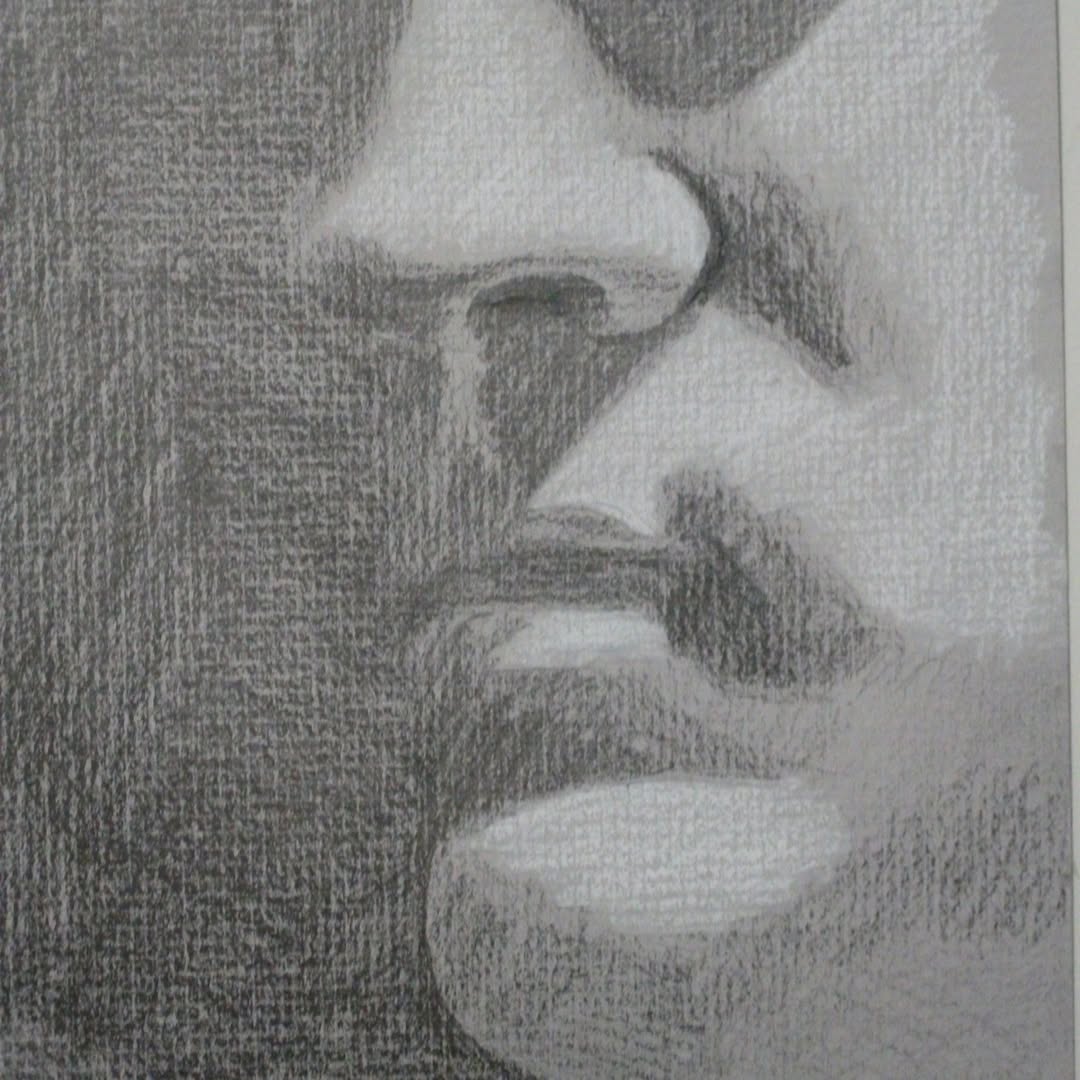
SOURCE @burstbooksbiz
Chiaroscuro, an Italian term meaning “light-dark,” is a technique that emphasizes the contrast between light and dark to create a dramatic sense of depth. This style is used to give objects and figures a three-dimensional appearance, making them appear to come to life. Artists working in chiaroscuro focus on how light hits surfaces, creating bold shadows and highlights that emphasize form and volume.
Mastering chiaroscuro requires a deep understanding of light sources, shadows, and how they affect the mood of the piece. It’s often used in classical art, but it remains highly effective in modern illustration for creating dramatic and visually captivating images. You can experiment with this technique in both digital and traditional mediums.
14. Pop Art: Bold, Fun, and Colorful
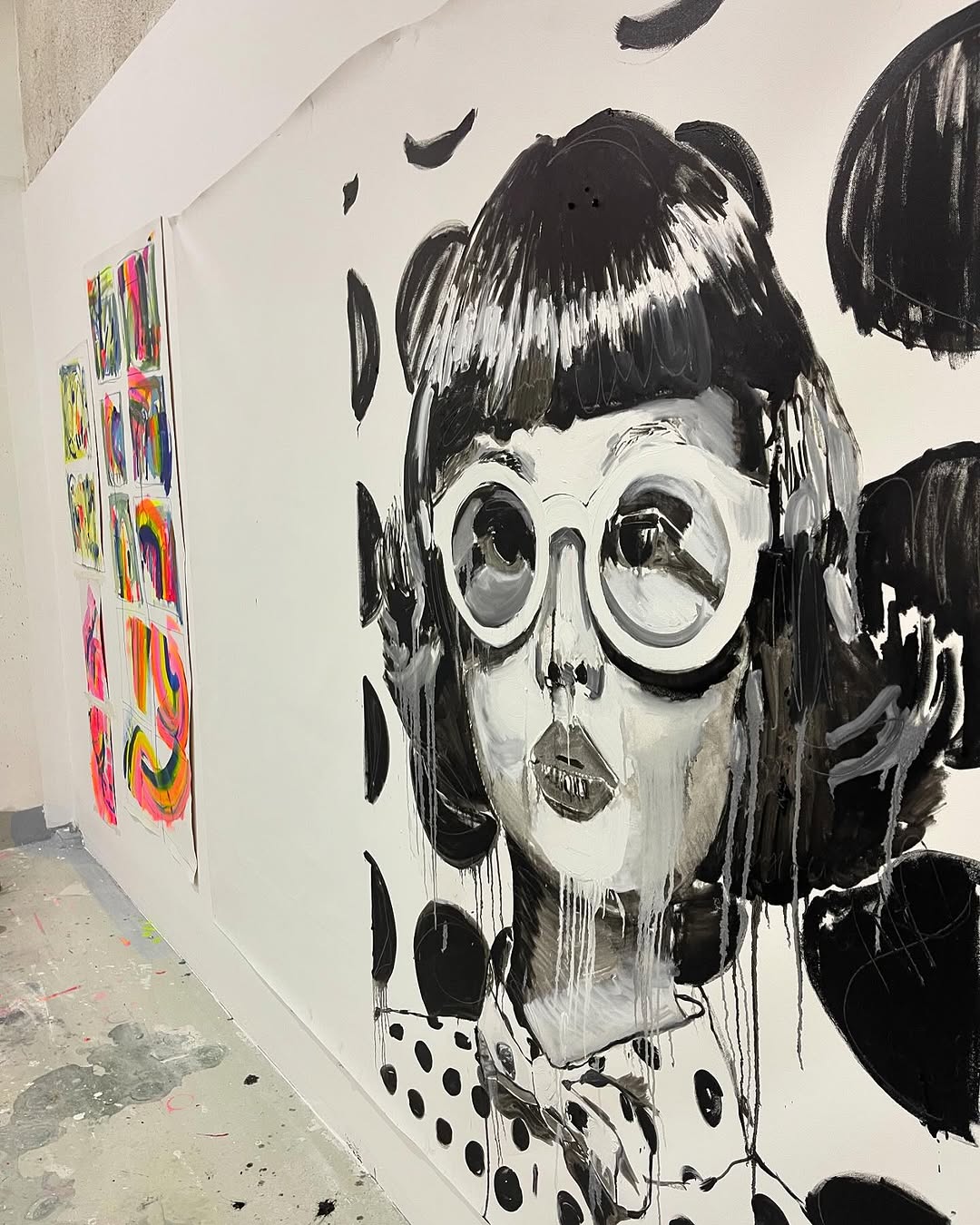
SOURCE @pop_and_toast
Pop Art is a vibrant style that emerged in the 1950s, drawing inspiration from popular culture, consumerism, and mass media. It is characterized by bold, bright colors, graphic lines, and iconic imagery, often using everyday objects or celebrities as subjects. This style often incorporates elements from comic books, advertisements, and commercial art to create playful, striking compositions.
The charm of Pop Art lies in its accessibility and its ability to turn mundane items into powerful, artistic statements. Artists use repetition, bold lines, and flat colors to capture the essence of modern culture. If you’re looking to make a statement or inject some fun into your artwork, Pop Art is an exciting style to explore.
15. Sketch Art: Raw and Unfinished Beauty
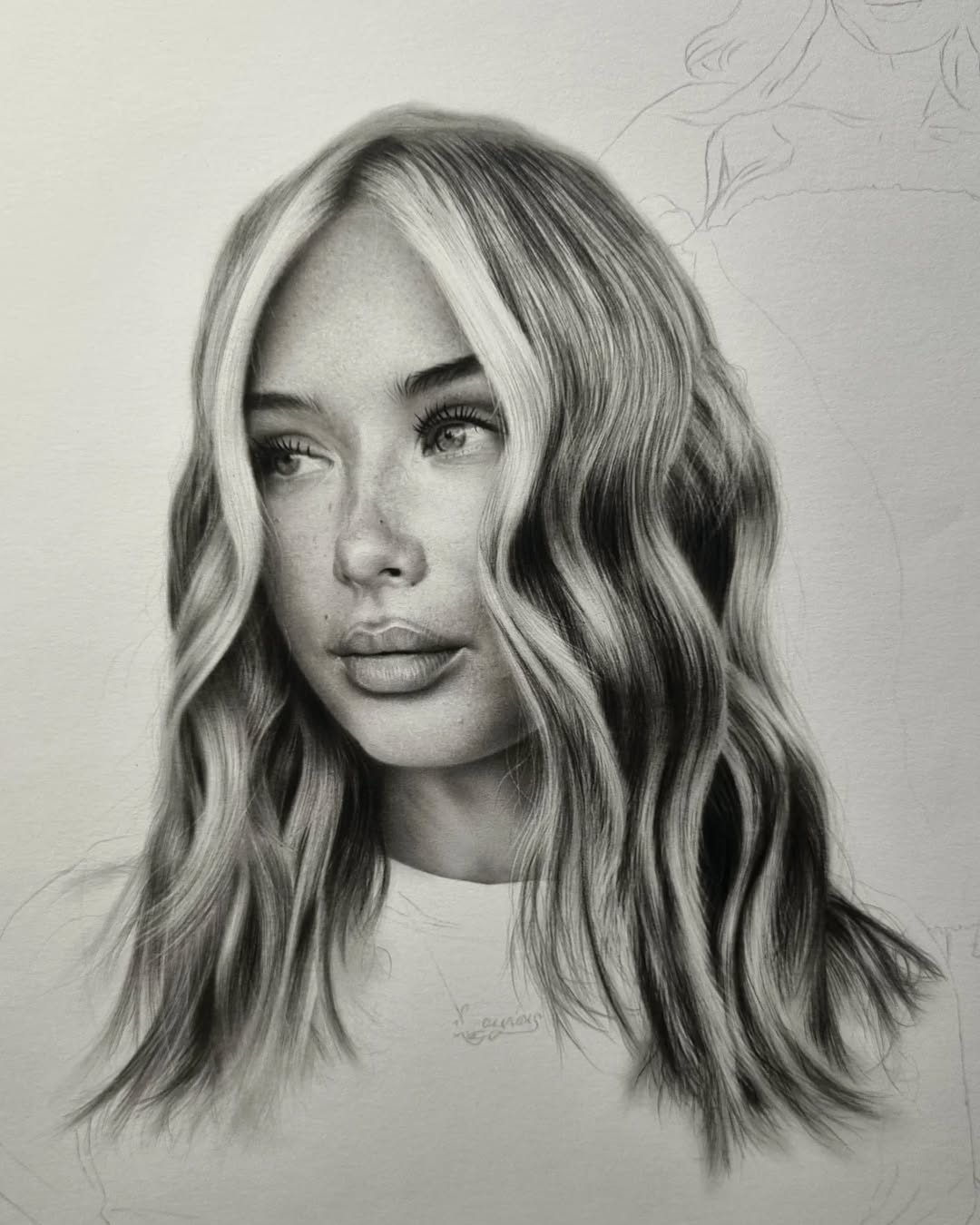
SOURCE @draw_with_amir
Sketch art embraces the beauty of the raw, unfinished look. It focuses on quick, spontaneous lines that capture the essence of a subject without worrying about perfect detail or finish. This style is perfect for those who want to explore the initial stages of drawing or simply enjoy the loose, free-flowing nature of sketching.
Sketching is the foundation of all drawing, and it allows artists to experiment with form, proportion, and perspective without the pressure of making every line perfect. It’s a great way to build confidence and let your creativity flow naturally. Whether it’s a quick study or a fully realized piece, sketching can convey emotion and movement in a way that’s raw and authentic.
16. Expressionism: Conveying Emotions Through Color and Form
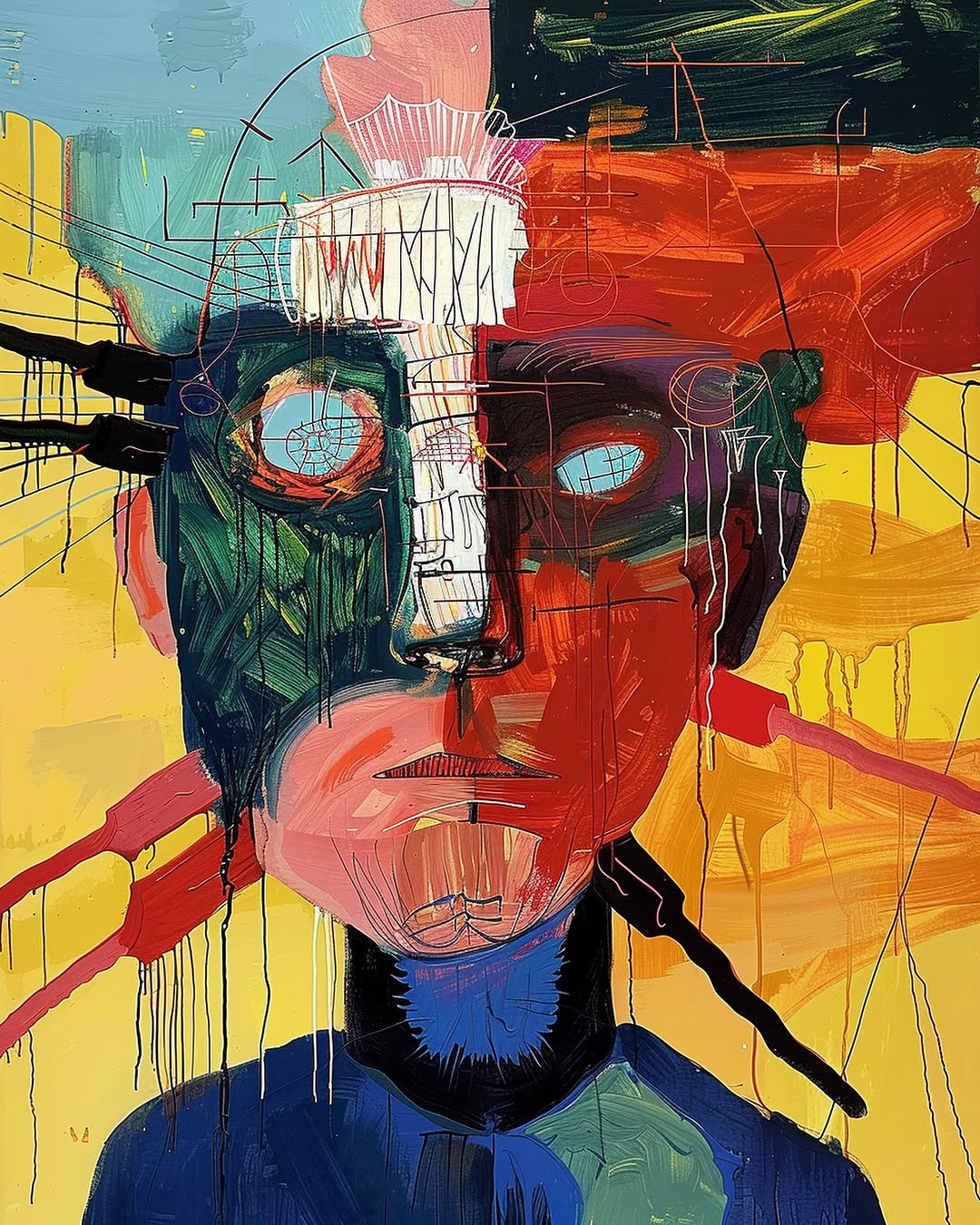
SOURCE @ai_mr.anton
Expressionism is a style that focuses on conveying intense emotions and reactions rather than depicting the world realistically. Often characterized by distorted shapes, exaggerated colors, and dynamic lines, this style is meant to express the inner turmoil or joy of the artist. Expressionism was especially popular in the early 20th century and is still widely used to explore deep emotional and psychological themes.
Artists who embrace expressionism often break away from realistic depictions, allowing their feelings to guide their choices in color and composition. Whether illustrating human figures, landscapes, or abstract concepts, the goal is to evoke a strong emotional response from the viewer. Expressionism is perfect for those who want to explore the emotional power of art.
17. Retro Illustration: Nostalgic and Iconic
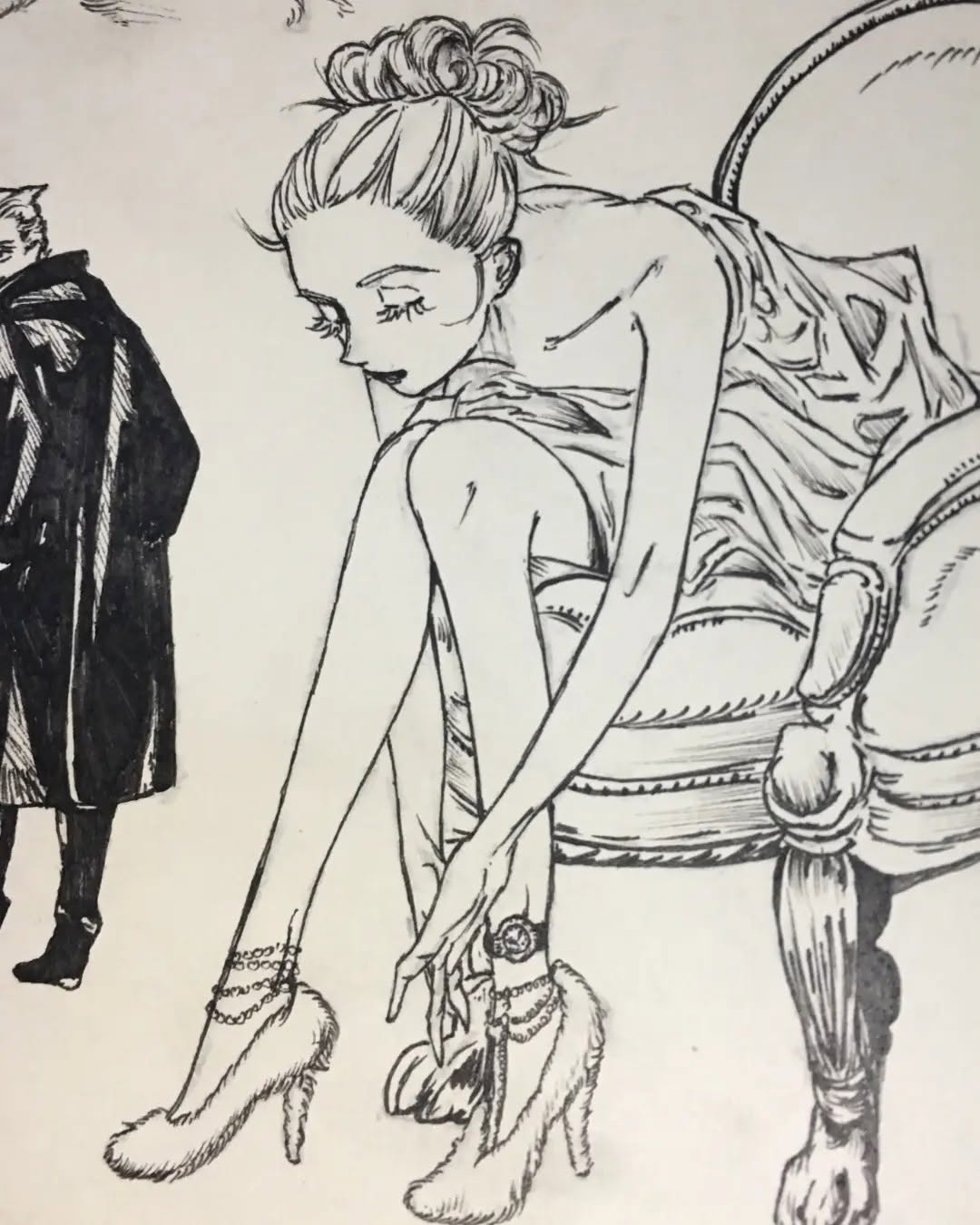
SOURCE @just_me_jimmyy
Retro illustration draws inspiration from styles and trends from the past, often reflecting the design aesthetics of specific eras like the 50s, 60s, or 70s. This style uses elements such as vintage typography, nostalgic color palettes, and playful, stylized characters. Retro art has seen a resurgence in popularity due to its charming, timeless feel and its ability to transport viewers back in time.
Retro illustrations often have a whimsical, fun quality, with bold lines, flat colors, and a focus on simplicity. It’s a perfect style for anyone looking to create a sense of nostalgia or celebrate a particular time period. Retro art is commonly used in advertising, posters, and album covers, and can add a playful touch to any project.
18. Manga and Anime: Dynamic and Stylized
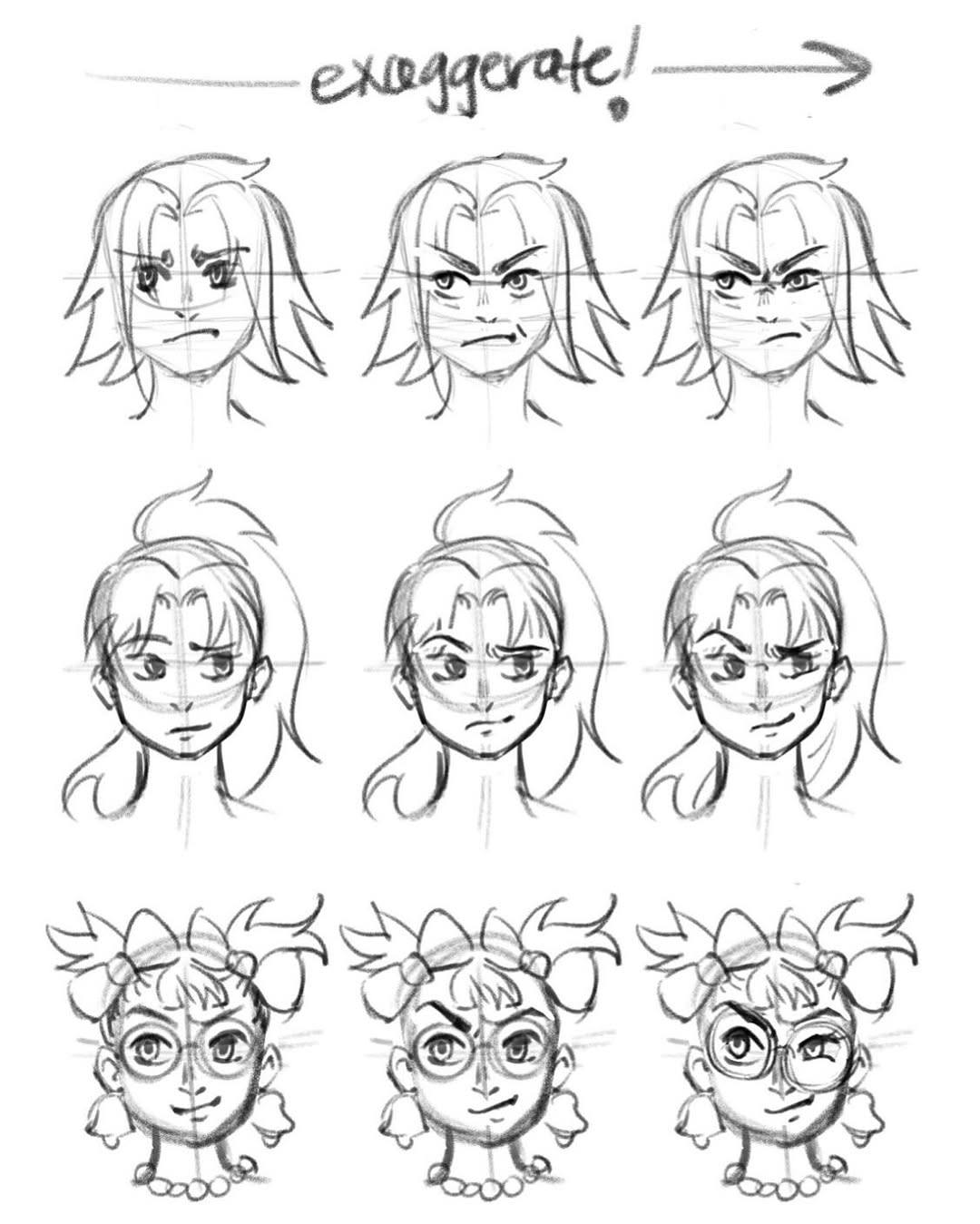
SOURCE @tga_leylo
Manga and anime are popular illustration styles originating from Japan, known for their distinctive characters, exaggerated expressions, and dynamic action sequences. Manga is typically drawn in black and white, while anime is the animated counterpart. Both styles are known for their emphasis on highly stylized features, such as large eyes, spiky hair, and detailed backgrounds.
Manga and anime art require practice in drawing exaggerated emotions and gestures. The emphasis on action and speed means artists need to master techniques such as motion lines, perspective, and composition. Manga is widely used in comics, graphic novels, and animations, while anime takes its form in motion pictures and television shows.
19. Illustrative Typography: Combining Art with Words
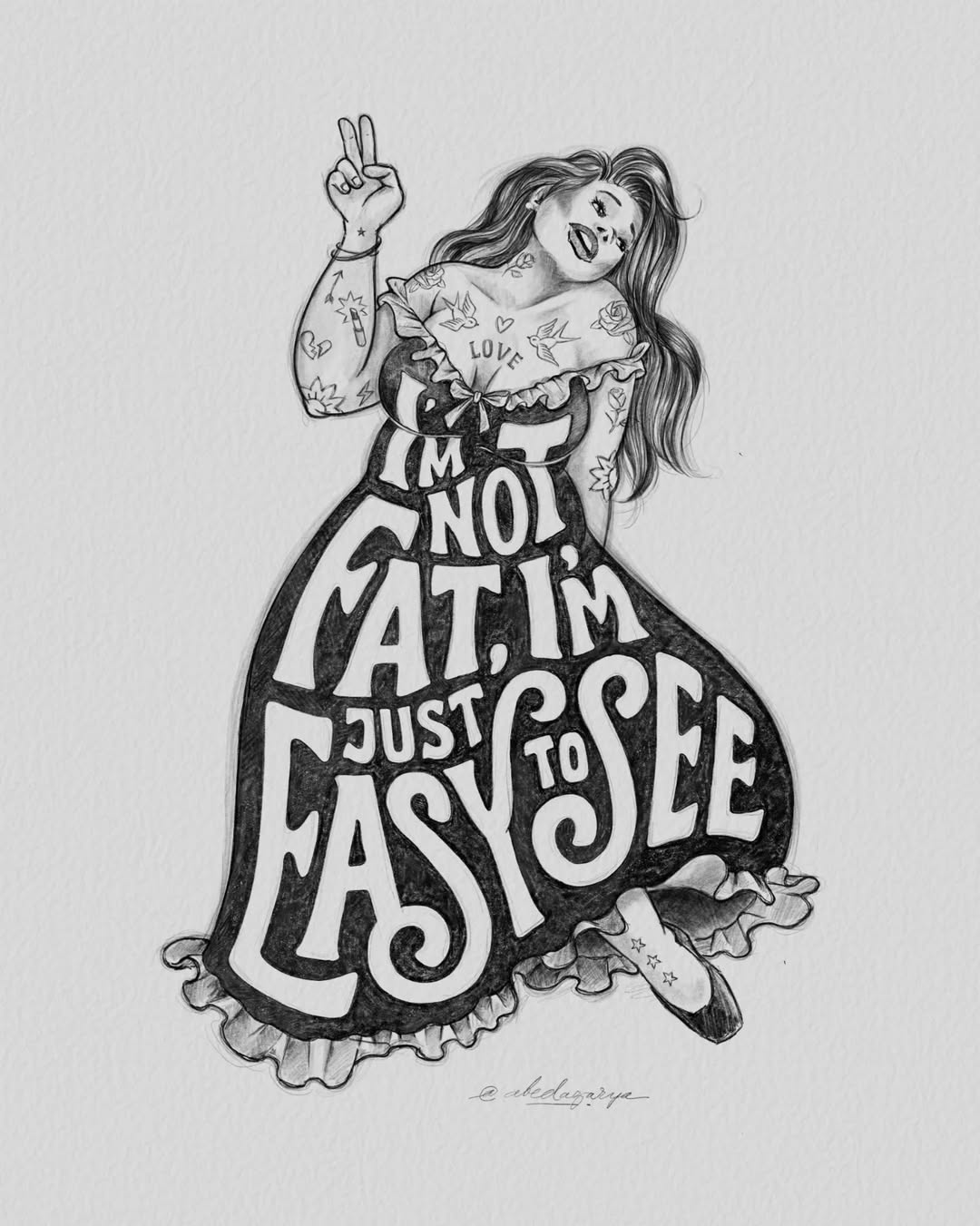
SOURCE @abedazarya
Illustrative typography is the art of incorporating type and illustration together to form visually engaging, expressive designs. In this style, the words themselves become a canvas for creative illustrations, with each letter often stylized and incorporated into a larger image. Illustrative typography can be used in book covers, advertisements, or quotes, where the text is just as much a part of the art as the illustration itself.
This style requires both a good sense of typography and strong drawing skills, as you need to balance legibility with creativity. The key is to experiment with fonts, layout, and how the text can interact with the illustrations around it, creating a harmonious and impactful design.
20. Street Art: Bold, Rebellious, and Raw
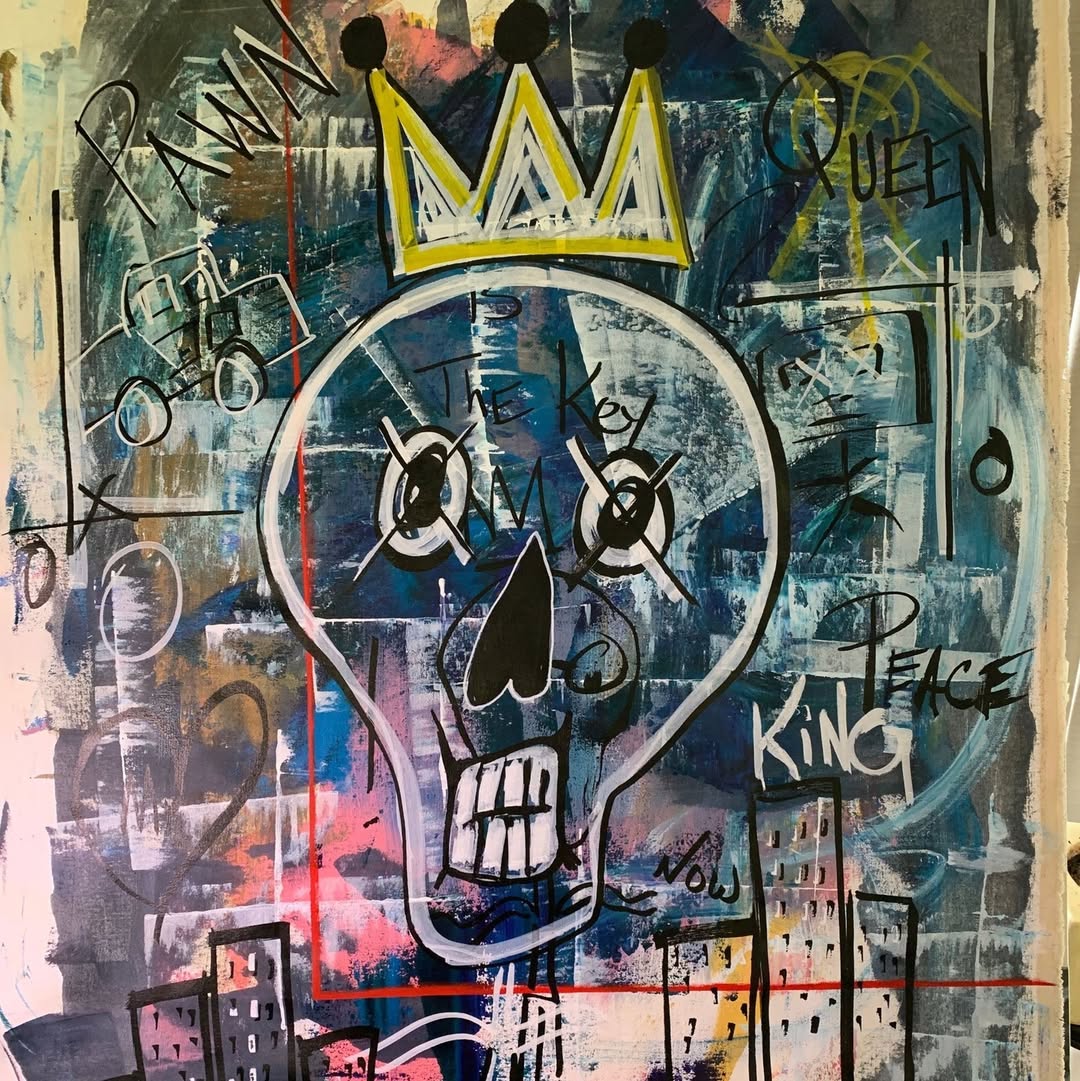
SOURCE @afrikinnation
Street art is a dynamic and rebellious form of illustration that draws heavily on urban culture and the desire to express social or political messages. It incorporates elements of graffiti, stencil art, and murals to create large-scale, impactful pieces. Street art often reflects a sense of rebellion, freedom, and a strong connection to the environment it inhabits.
While traditionally associated with spray paints and public spaces, street art can also be adapted to canvas and digital media. Its bold use of color, pattern, and form challenges conventional artistic boundaries, making it an exciting style for those interested in pushing the limits of traditional illustration.
